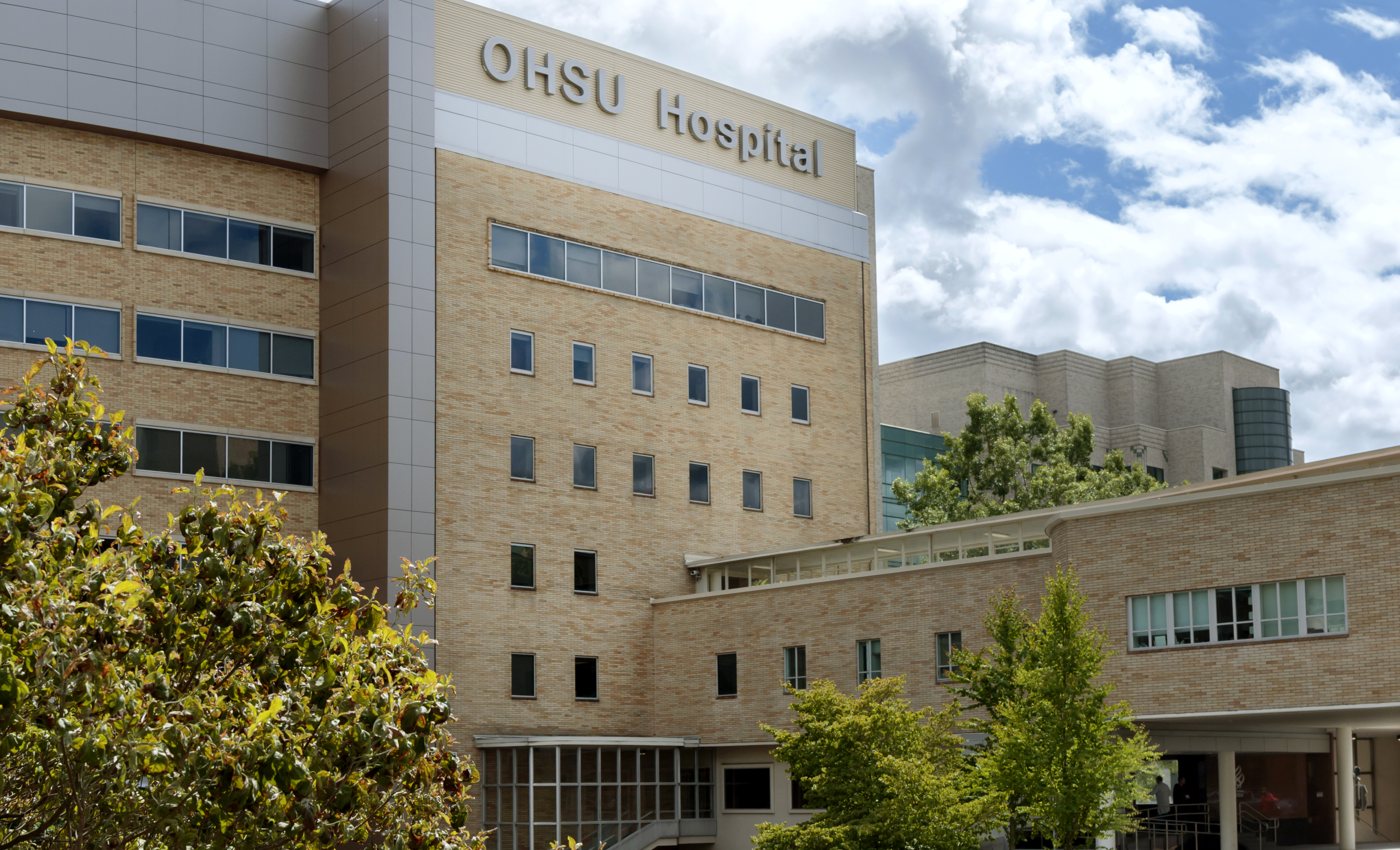Medical debt has become a major concern in the United States, impacting millions of Americans and burdening hospitals with unpaid bills. Surprisingly, a shift has occurred in recent years, with a majority of debtors now being individuals with health insurance. This marks a significant change from the past, where people with insurance represented only a small portion of hospital bad debt.

The Rise of Medical Debt
In the past, hospitals considered bad debt to be primarily from patients who had the ability to pay but chose not to. However, the landscape has shifted, and now many insured patients simply cannot afford their out-of-pocket costs. The increasing complexity of health insurance plans, with high deductibles and coinsurance requirements, has contributed to this problem. These out-of-pocket costs have become astronomical compared to patients’ general income, making it difficult for them to cover their medical expenses.
The Analysis by Kodiak Solutions
Kodiak Solutions, a billing, accounting, and consulting firm working closely with hospitals, conducted an analysis to understand the extent of this issue. By examining billing transactions from over 1,800 hospitals across the US, they discovered a significant increase in the proportion of insured patients who were unable to pay their bills. In 2018, only 11.1% of hospitals’ bad debt came from insured “self-pay” accounts. However, by 2022, this proportion had skyrocketed to 57.6%.
The Impact of Costly Healthcare
The skyrocketing cost of healthcare in the US is a persistent concern. It currently accounts for over 18% of the country’s gross domestic product, far exceeding the costs in other peer democracies. A staggering 31% of these costs can be attributed to the administration of complex bills. These high healthcare costs, coupled with the burden of medical debt, have severe consequences for American families, forcing them to make heart-wrenching sacrifices.
Hospitals’ Collection Practices
Hospitals have resorted to aggressive collection practices to recover unpaid debts. They refer patients to debt collectors, garnish wages through state courts, place liens on homes, and report debts to credit agencies. These practices can have long-lasting effects on individuals’ job prospects and housing opportunities. While attempts have been made to regulate these practices, the core issue lies in the design of health plans by insurers, which effectively make hospitals the debt collectors.
“The idea of patient responsibility was not an idea created by healthcare providers. They were vehicles created by payers.” – Matt Szaflarski, Director of Revenue Cycle Intelligence at Kodiak Solutions
Seeking Solutions
The American Hospital Association is actively exploring various solutions to address the challenges created by insurers. One potential solution is removing hospitals from the billing equation altogether and placing the responsibility on health insurers to collect payments. By shifting this burden, hospitals can focus on providing quality care without the added stress of chasing down unpaid bills.

The Complexity of Hospital Bills
Understanding hospital bills has become increasingly challenging, even for seasoned professionals. Complicated insurance plans, particularly high-deductible health plans, have come under scrutiny. These plans often require individuals to pay $1,000 or more out of pocket before insurance coverage kicks in. The deductibles reset annually, posing a significant financial burden for individuals with chronic illnesses. Furthermore, the costs associated with these plans can far exceed $1,000 per year.
“It was really hard to look at my plan, even though I should be able to read the fine print and understand.” – Ariel Levin, Director of Coverage Policy for the American Hospital Association
The Impact on Low-Income Patients
Patient advocates argue that bad debt is an unfair metric for hospitals to assess patients’ ability to pay. Hospitals rarely screen patients for their financial circumstances, and evidence suggests that many patients with medical debt are low-income individuals who may qualify for discounted or free care. When debt portfolios are assessed with third-party income data, it often reveals that the majority of patients with past-due debt are eligible for financial assistance.
“Their processes and systems are not designed to detect that need.” – Ruth Landé, Vice-President of Hospital Relations at RIP Medical Debt
The Role of High-Deductible Health Plans
The breaking point observed in 2018 is not solely attributed to rising costs for patients. The popularity of high-deductible health plans grew significantly after an act signed in 2003 allowed insurers to sell such plans. These plans quickly gained traction and now represent around 30% of the private employer insurance market. Cost-sharing has increased across all types of health plans, exacerbating the issue of medical debt.
The Need for Reform
The rising costs of healthcare and the burden of medical debt have prompted calls for reform. Efforts to remove hospitals from the billing equation and place the responsibility on insurers are being explored. Additionally, there is a need for greater transparency in healthcare pricing and improved accessibility to discounted or free care for low-income individuals. Reforming the healthcare system is essential to alleviate the financial strain on patients and hospitals alike.
Conclusion
The landscape of medical debt in US hospitals has undergone a significant transformation in recent years. Insured individuals now represent the majority of debtors, highlighting the challenges posed by high out-of-pocket costs. The complex nature of health insurance plans and aggressive collection practices have further exacerbated the problem. As the conversation around medical debt continues, it is crucial to find sustainable solutions that prioritize affordable healthcare for all Americans.
